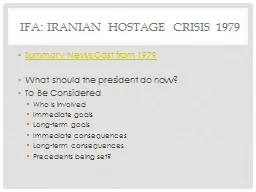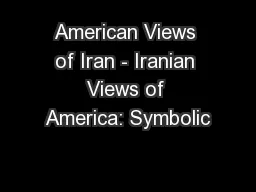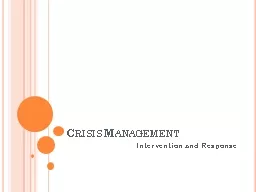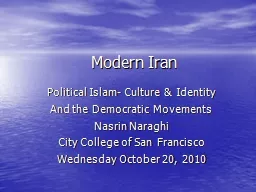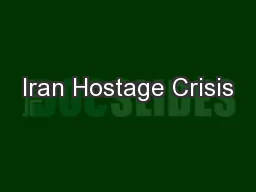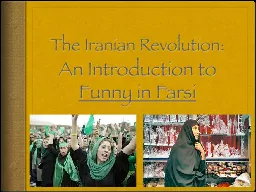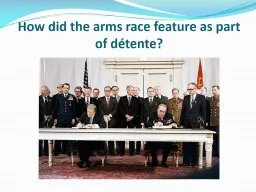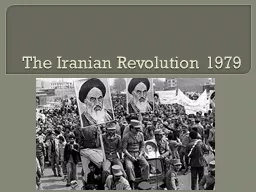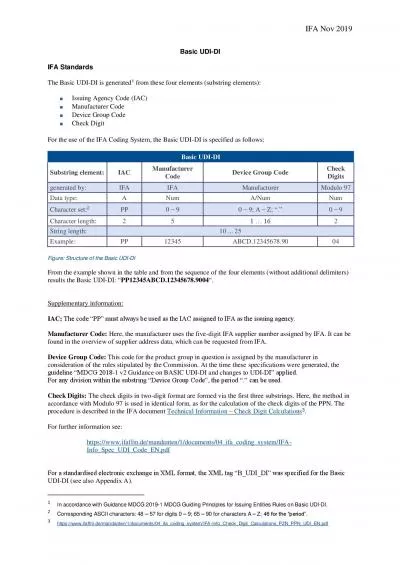PPT-IFA: Iranian Hostage Crisis 1979
Author : luanne-stotts | Published Date : 2018-01-20
Summary News Cast from 1979 What should the president do now To Be Considered Who is involved Immediate goals Longterm goals Immediate consequences Longterm consequences
Presentation Embed Code
Download Presentation
Download Presentation The PPT/PDF document "IFA: Iranian Hostage Crisis 1979" is the property of its rightful owner. Permission is granted to download and print the materials on this website for personal, non-commercial use only, and to display it on your personal computer provided you do not modify the materials and that you retain all copyright notices contained in the materials. By downloading content from our website, you accept the terms of this agreement.
IFA: Iranian Hostage Crisis 1979: Transcript
Download Rules Of Document
"IFA: Iranian Hostage Crisis 1979"The content belongs to its owner. You may download and print it for personal use, without modification, and keep all copyright notices. By downloading, you agree to these terms.
Related Documents

